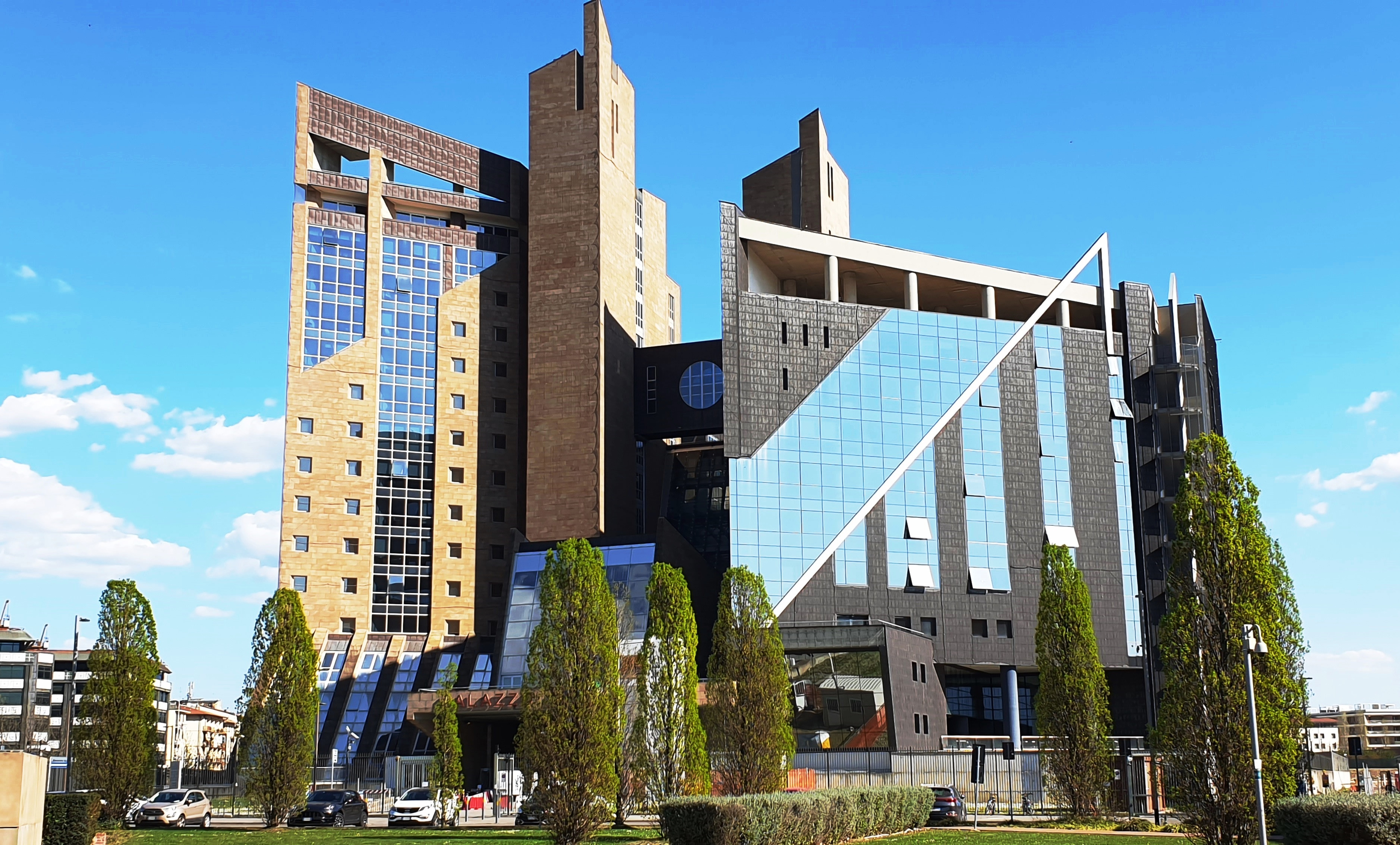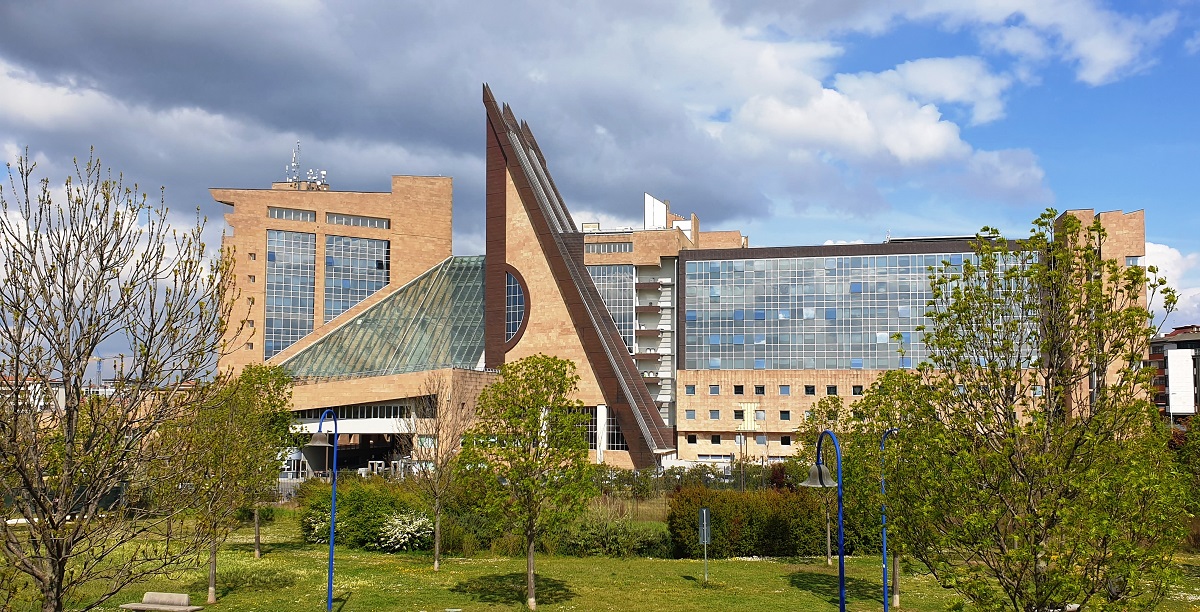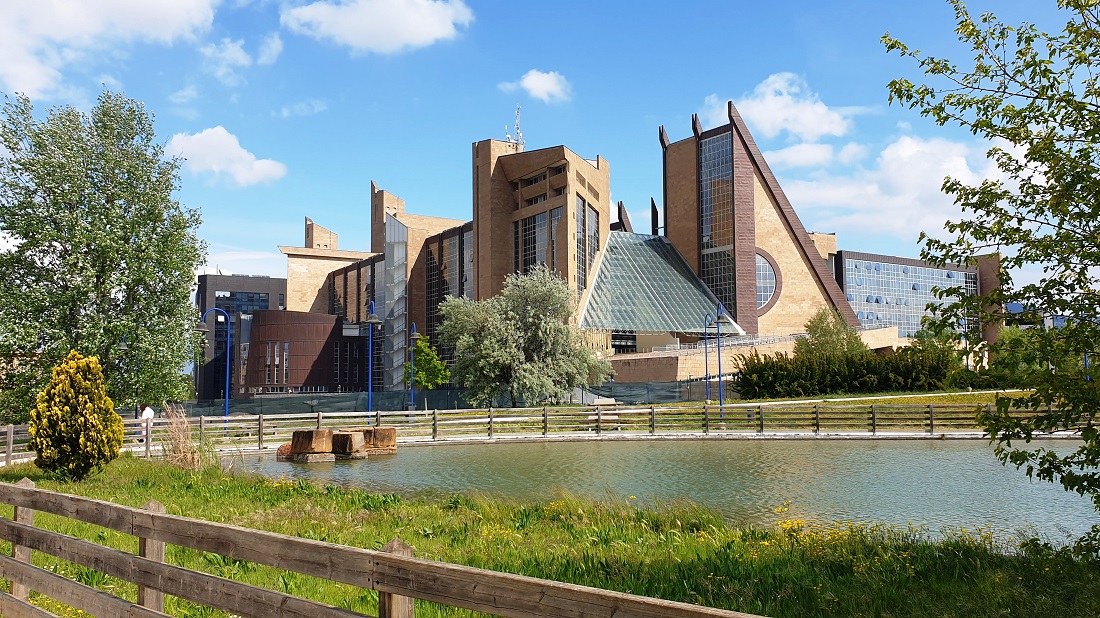
Beyond the Renaissance in Florence - The New Palace of Justice, when the story began
The New Palace of Justice is the most demanding, spectacular
and interesting work of recent decades. And of course it was a source of
endless controversy, like everything in Florence.
The need to bring together the judicial functions dates back
to 1867, at the time of Florence Capital (1865 - 1870). While waiting to build
a "citadel of justice", for
decades the offices are distributed "provisionally"
in many different buildings, often far from each other. Commissions of experts
are continually set up to propose the use of various buildings in the center,
but no real projects are carried out. In 1964 the Municipality consideres the
idea of demolishing the old Parterre in Piazza della Libertà, built in 1937
as Palazzo delle Esposizioni on the area of a French garden (parterres) built by the Grand Duke
Pietro Leopoldo outside the walls, in front of the Triumphal Arch of the
Lorraine. But in 1974 another commission changes its mind once again and decides
on the peripheral area of the former slaughterhouse. In 1976 another area is
identified in Peretola, a suburb, at the time decidedly outside the city. With
Fiat's decision to move to Campi Bisenzio, the large area between via di Novoli
and viale Guidoni in 1982 is taken into consideration.
These continuous changes often hide patronage, political and
even electoral maneuvers, as such a work would have moved large investments, a
lot of money, corporate interests, contracts, professional consulting, and
jobs.
Finally in 1987 the decision is made for the ex-Fiat area and
the project is assigned to Giovanni Michelucci and Leonardo Ricci, the two most
representative Tuscan architects of the time. Ricci already has the experience
of the Palazzo di Giustizia in Savona, built in those years, which anticipates
the style and many structural elements of the palace in Florence. In particular
the materials, the large oblique window leaning against protruding bodies, the
circular window similar to a church rose window, the "brutalism" of the raw exposed concrete. And also the endless
controversies that accompanied him.
The two architects collaborate until 1987 with the first
drawings and establish the basic ideas. But then Michelucci retires, officially
due to disagreements with the commissioner. What disagreements? Michelucci
realizes that he does not want a centralized building in the suburbs for all
judicial services, as requested by the Italian Ministry of Justice. He sees the
idea of moving so many civil functions from the historic center and isolating
the "city of justice" in
the suburbs as a distortion, a break with history and with the social role of
historic centers. He is not convinced of the possibility of connecting the new
building with the identity of the city. He fears that it will remain a separate
island, a citadel felt as "other,
distant and ultimately hostile". He therefore theorizes to use spaces
scattered within the historic center, adapting and renovating them. He
continues to see the center as the protagonist, he is linked to Filippo Brunelleschi's
idea, the Dome of the Cathedral as a reference for social and civil life, the
pivot on which the whole city converges, even the suburbs and hills, and which
determines its identity .
The following prophetic statement by Michelucci should be pondered,
considering that he is one of the greatest Italian architects of the twentieth
century: "In my opinion, however, it
is not the periphery that has changed the city, rather it has crystallized it;
that is, a city that is unable to develop its characteristics, is fatally
forced to see itself surrounded, attacked by the different from itself, so the
concept of identity is restricted to very few monuments, and all the rest does
not appear as the development of an organism which naturally arises, grows and
dies, but as metastases produced by dark powers ”.
The second reason for his disagreement is the "lack of commissioning", that is,
the lack of clarity of the image that justice wants to give of itself and that
Michelucci would like reflected in the construction. It is the 1980s and the
country is transforming quickly, but in a confused way and without clearly
knowing where it is going. Michelucci perceives this confusion and notes that
the client, the Ministry of Justice and the political class of the time, is
unable to clarify the image to be given to the judicial buildings, which for
the rationalist architect constitutes the "sense" of his work. The offices continuously send plans,
contradictory relationships, new functions, additional paths, variations,
always different schemes often in contrast with each other, clearly
demonstrating that they do not have clear ideas. In these conditions he
declares himself unable to operate, unable to have a vision.
To be continued …

East side, the back of the building

South-east view, from the pond of the San Donato Park



